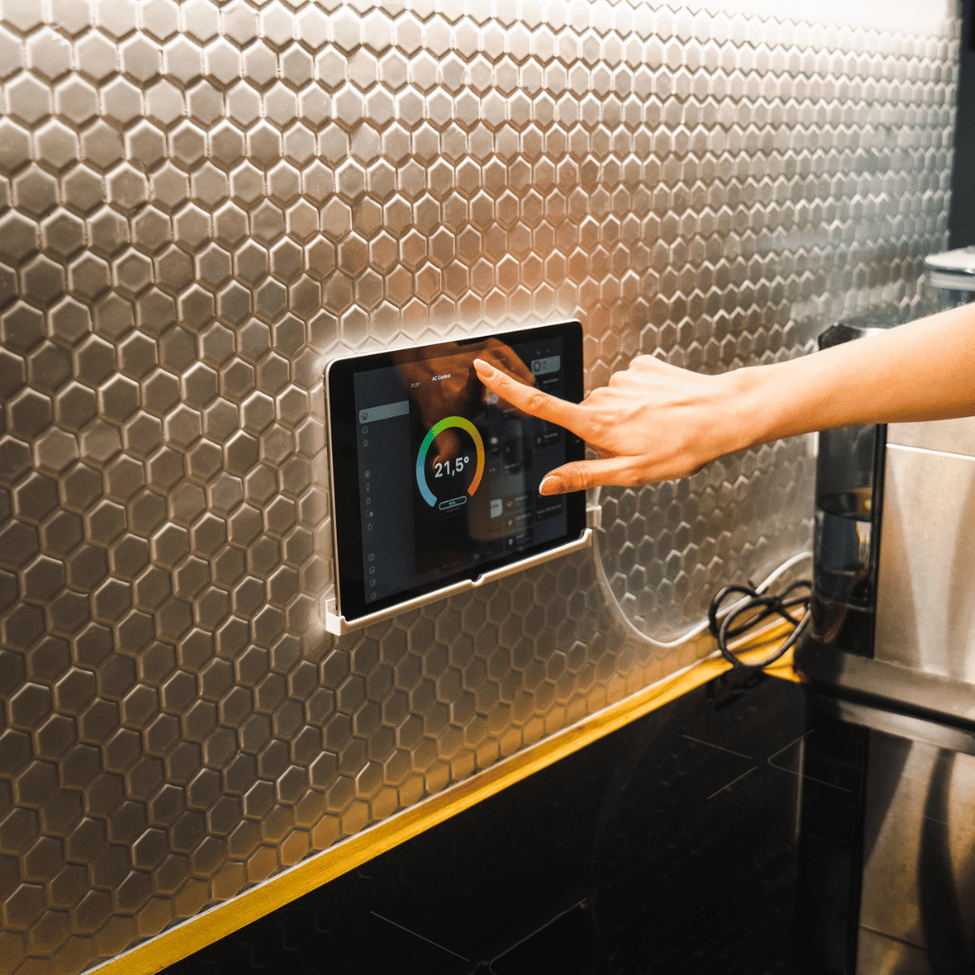As temperatures rise, it’s tempting to rely solely on air conditioning to stay comfortable — but that’s not your only option. Whether you’re aiming to cut back on energy costs, reduce your environmental impact, or get more out of your cooling system, there are plenty of smart, AC-free ways to keep your home cool.
In fact, some of the most effective methods to beat the heat don’t require air conditioning at all — and if you do have AC, these tips can help it work more efficiently, keeping your home cooler throughout the season.
1. Optimize Your Ceiling Fan Direction
One of the most overlooked home cooling tricks is using your ceiling fan correctly. Many homeowners don’t realize that ceiling fans have a small switch to change rotation direction.
- In summer: Set the fan to spin counterclockwise to push air downward, creating a refreshing wind-chill effect.
- In winter: Switch to clockwise on low speed to circulate warm air without creating a draft.
This simple adjustment can make a noticeable difference in comfort.
2. Keep Hot Air Out
When the temperature outside is higher than inside, keep windows and doors shut to prevent heat from entering. Only open them when the outside air is cooler — usually early morning or late evening.
If possible, install weatherstripping around doors and windows to prevent hot air leaks and maintain a cooler indoor temperature.
3. Keep Interior Doors Open
Good airflow is essential for natural cooling. Leaving interior doors open allows air to circulate freely, especially if you’re using fans or relying on natural ventilation. This helps distribute cool air more evenly across your home.
4. Stay Cool While You Sleep
Sleeping in hot weather can be challenging, but a few adjustments can help:
- Use breathable bedding such as cotton sheets, which wick moisture and promote airflow.
- Open windows at night if outdoor temperatures drop below indoor levels.
- Chill a hot water bottle with cold water and place it at your feet for extra relief.
- Sleep on the lowest level of your home, since heat rises — a basement or ground-floor room will likely be cooler than upstairs bedrooms.
5. Block Out Sunlight
The sun’s rays can significantly increase indoor temperatures. Close curtains or blinds during the hottest parts of the day.
For even better results:
- Use blackout blinds or thermal curtains to reduce heat gain.
- Choose light-colored window coverings like white or beige to reflect sunlight instead of absorbing it.
6. Ditch the Rugs
Heavy rugs trap heat and can make rooms feel warmer. Roll them up and store them during the summer to keep floors cooler, especially if you have hardwood, tile, or concrete flooring.
7. Use Appliances Strategically
Ovens, stoves, and dryers produce heat. Try to run them early in the morning or late at night to avoid warming your home during peak heat hours.
8. Create Cross Ventilation
When the air outside is cooler, open windows on opposite sides of your home to create a cross-breeze. This helps flush out hot, stale air and replaces it with fresh, cooler air.
Conclusion
Keeping your home cool in the summer doesn’t have to mean skyrocketing electricity bills. By using these energy-efficient strategies — from optimizing fan direction to blocking heat at the source — you can maintain a comfortable temperature indoors while saving money.
With a few simple changes, you can enjoy a fresher, cooler home all summer long

